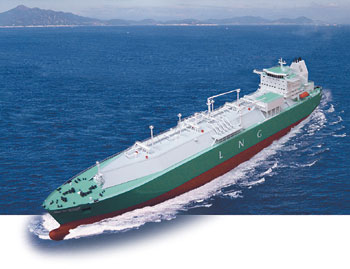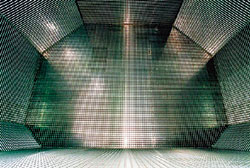April 2004
Features
France/Belgium: LNG tanker employs hybrid, membrane cargo containment system
Vol. 225 No. 4 Technology from Europe: France/Belgium LNG tanker employs hybrid, membrane cargo containment system Armelle Danmanville, Gaztransport & Technigaz, Saint-Remy-les-Chevreuse, France Due for completion in 2004,
- Mixed outlook for activity on the UK Continental Shelf (December 2023)
- First Oil: Sorting through the muddled mess (November 2022)
- First Oil: Electricity problems reflect poor energy/resource policy (August 2022)
- First Oil: A tale of two “windfalls” (June 2022)
- The ESG perspective: A day without oil? (April 2022)
- Executive viewpoint: Texas oil and gas can save Europe—again (April 2022)
- Applying ultra-deep LWD resistivity technology successfully in a SAGD operation (May 2019)
- Adoption of wireless intelligent completions advances (May 2019)
- Majors double down as takeaway crunch eases (April 2019)
- What’s new in well logging and formation evaluation (April 2019)
- Qualification of a 20,000-psi subsea BOP: A collaborative approach (February 2019)
- ConocoPhillips’ Greg Leveille sees rapid trajectory of technical advancement continuing (February 2019)

 Technology from Europe:
Technology from Europe:


